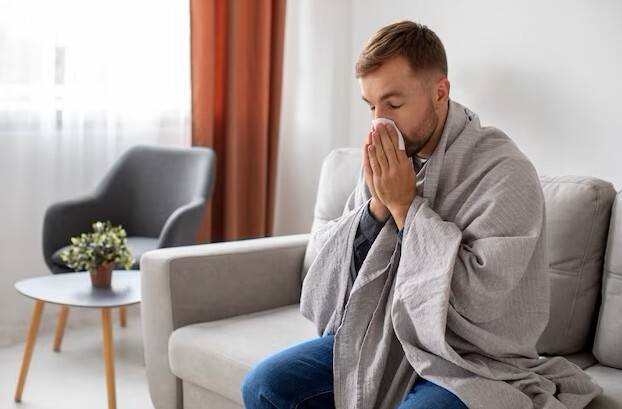As winter fades and spring blooms, many people welcome the warmer weather and longer days. However, for the 16 million Brits who suffer from hay fever each year, this season also brings sneezing, watery eyes, and congestion. While these symptoms are a nuisance on their own, a recent survey has found that 68% of drivers with hay fever say their condition hinders their ability to drive safely.
The Hidden Dangers of Driving with Hay Fever
Most people are aware of the dangers of driving under the influence of alcohol or drugs, but fewer consider how seasonal allergies can also impair their driving ability. According to William Fletcher MBE, Chief Executive at Car.co.uk:
“Hay fever can have a profound effect on driving. The most common symptoms – sneezing, a blocked nose, and itchy, watery eyes – can significantly hinder a driver’s performance, increasing the risk of accidents on the road.”
When a sneeze strikes, your eyes automatically close, even if just for a second. If you’re driving at 70mph, that momentary distraction could mean traveling over 20 meters with your eyes shut. Combine that with congestion-induced fatigue and blurred vision, and hay fever suddenly becomes a serious road safety issue.
How to Reduce Hay Fever Symptoms While Driving
Many people only think about hay fever when symptoms start, but preparing early in the season can make a huge difference. Dr. Deborah Lee, a doctor and medical writer, offers these proactive steps:
Wear wraparound sunglasses – These protect your eyes from pollen while reducing glare from bright sunlight.
Keep windows closed – Use air conditioning with the recirculation setting on to prevent pollen from entering your car.
Install a HEPA filter – High-Efficiency Particulate Air (HEPA) filters trap pollen and dust particles, but they need to be cleaned and replaced regularly to remain effective. Managing Antihistamines and Driving
One of the biggest concerns for drivers with hay fever is the drowsiness caused by certain antihistamines. Fatigue-related accidents account for 10-20% of car crashes in the UK, making it essential to choose non-drowsy medications. Dr. Lee recommends fexofenadine:
“Ask your GP for a non-sedating antihistamine such as fexofenadine if you need to drive. It does not affect the central nervous system and is unlikely to impair driving ability. Take it at night so it reaches peak effectiveness by morning.”
Avoiding Allergy Triggers
Pollen levels vary depending on the weather, temperature, and wind. While some factors are beyond your control, you can take steps to avoid worsening your symptoms:
Skip dairy products – Milk, cheese, and yogurt can increase mucus production.
Avoid alcohol – Alcohol contains histamine, which can exacerbate hay fever symptoms.
Adapt your routine – If possible, work from home on high-pollen days, take breaks during long drives, and avoid driving at night if your symptoms affect your vision.
Stay Safe and Informed
Although hay fever sufferers are not required to inform the DVLA about their condition, drivers still have a legal responsibility to ensure they are fit to drive. If your symptoms become severe, consider alternative transportation methods or delay your journey until you feel better.
Spring should be a season to enjoy, not one that puts you at risk on the road. By taking these precautions, you can minimize hay fever’s impact and drive safely throughout allergy season. 










